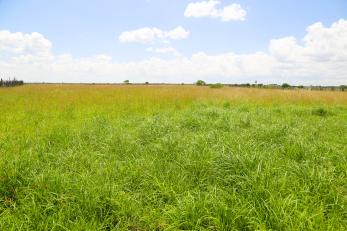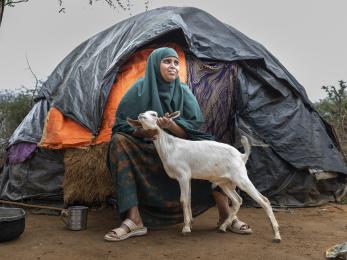Sustaining Northern Kenya’s Rangelands
Evidence-Driven Pathways for Resilience and Growth

Rangelands in Northern Kenya's ASALs represent a critical ecosystem characterized by sparse vegetation and low rainfall. These regions, including Samburu, Isiolo, and Marsabit counties, are predominantly inhabited by pastoralist communities whose livelihoods depend on livestock rearing. They experience low and erratic rainfall, typically less than 500mm annually, with prolonged dry seasons and occasional droughts. The unique climatic conditions of these rangelands necessitate effective management practices to sustain both the environment and the local economies.
Mercy Corps is implementing the Resilient Approaches in Natural Rangeland Ecosystems (RANGE), program to strengthen rangeland management and encourage regenerative practices, ensuring migratory and sedentary livelihoods can peacefully co-exist; improve herd management and market access for small-scale producers; strengthen the institutions and policy frameworks that govern the livestock sector, and prioritize the development of robust spatial-temporal data sets to strengthen outcomes and help mitigate the impact of climate change.
RANGE developed 6 analysis reports covering Gender, Biodiversity, Climate risk, Energy landscape, Conflict, and Stakeholder vulnerability risk. This analysis informs evidence-based policymaking and programming. By examining common trends and unique challenges across the three counties, we can identify targeted interventions that address the specific needs of each region while leveraging shared opportunities for sustainable rangeland management.

